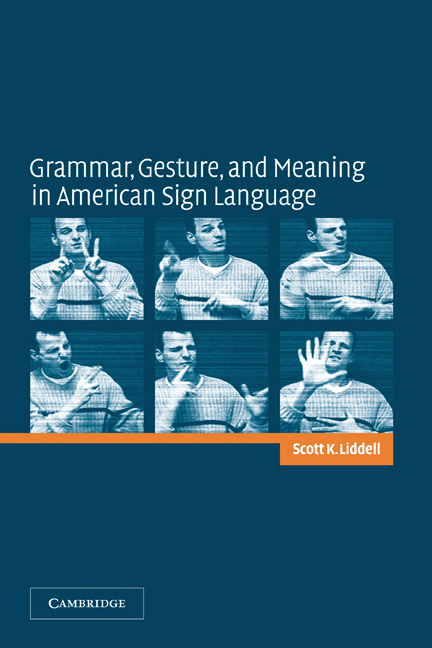Beyond Grammar and the Lexicon
Indicating and depicting are widely understood to be fundamental, meaningful components of everyday spoken language discourse: a speaker's arms and hands are free to indicate and depict because they do not articulate words. In contrast, a signer's arms and hands do articulate signs. For this reason, linguists studying sign languages have overwhelmingly concluded that signers do not indicate and depict as a part of signed articulations. This book demonstrates that signers do, however, indicate - by incorporating non-lexical gestures into their articulations of individual signs. Fully illustrated throughout, it also shows that signers create depictions in numerous ways through conceptualizations, in which the hands, other parts of the body, and parts of the space ahead of the signer depict things. By establishing that indicating and depicting are also fundamental, meaningful aspects of sign language discourse, this book is essential reading for researchers and students of sign linguistics and gesture studies.
- Demonstrates how the articulations of signs express lexical meanings and simultaneously incorporate non-lexical gestures which indicate and depict
- Introduces a new phonetic system capable of accurately representing all types of signs
- Analyzes multiple examples of signing, available for online viewing, so readers can see changes in facial expressions and other gestural details, as well as actual articulations of signs
Product details
No date availableHardback
9781009646710
340 pages
229 × 152 mm
Table of Contents
- List of Figures
- List of Tables
- Preface
- Acknowledgements
- 1. Indicating and depicting in signed languages
- 2. Indicating preliminaries – present referents
- 3. Sign language phonetics
- 4. Depictions as real space blends
- 5. Disembodied depictions
- 6. Enactments
- 7. Modeling spaces
- 8. Signers and speakers
- Appendixes
- References
- General index
- Index of illustrated signs.







